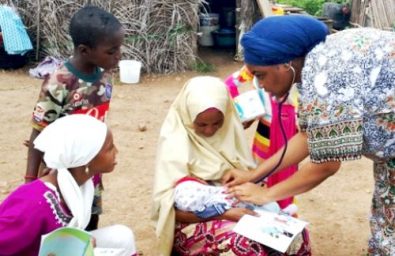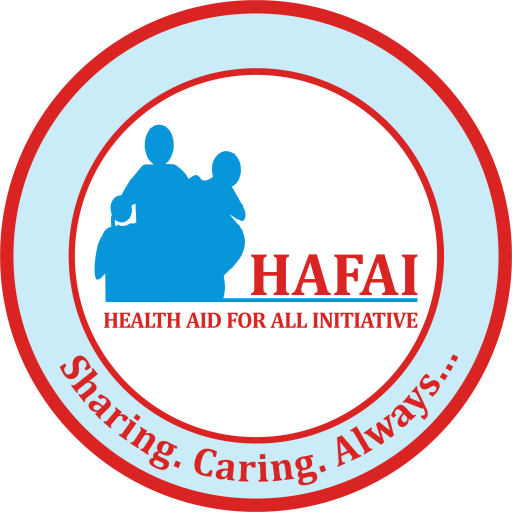Maternal and Child Health

Underneath the statistics lies the pain of human tragedy, for thousands of families who have lost their children. Even more devastating is the knowledge that, according to recent research, essential interventions reaching women and babies on time would have averted most of these deaths.
The deaths of newborn babies in Nigeria represent a quarter of the total number of deaths of children under-five.
Although analyses of recent trends show that the country is making progress in cutting down infant and under-five mortality rates, the pace still remains too slow to achieve the Sustainable Development Goals 2030. Preventable or treatable infectious diseases such as malaria, pneumonia, diarrhoea, measles and HIV/AIDS account for more than 70 per cent of the estimated one million under-five deaths in Nigeria. Malnutrition is the underlying cause of morbidity and mortality of a large proportion of children under-5 in Nigeria. It accounts for more than 50 per cent of deaths of children in this age bracket.
The deaths of newborn babies in Nigeria represent a quarter of the total number of deaths of children under-five. The majority of these occur within the first week of life, mainly due to complications during pregnancy and delivery reflecting the intimate link between newborn survival and the quality of maternal care. Main causes of neonatal deaths are birth asphyxia, severe infection including tetanus and premature birth.
Similarly, a woman’s chance of dying from pregnancy and childbirth in Nigeria is 1 in 13. Although many of these deaths are preventable, the coverage and quality of health care services in Nigeria continue to fail women and children. Presently, less than 20 per cent of health facilities offer emergency obstetric care and only 35 per cent of deliveries are attended by skilled birth attendants. This shows the close relationship between the wellbeing of the mother and the child, and justifies the need to integrate maternal, newborn and child health interventions.
It is important to note that wide regional disparities exist in child health indicators with the North-East and North-West geopolitical zones of the country having the worst child survival figures.
The tragedy behind this lack of progress in child survival is that two-thirds of the under-five deaths could be avoided, since life-saving interventions are well known and can be implemented on a large scale, even in settings where resources are constrained. Reduction in under-five mortality rates can be obtained by major increases in the use of insecticide-treated nets, Vitamin A supplementation, immunisation, oral re-hydration therapy, and treatment of malaria. Apart from Vitamin A supplementation, however, many of these interventions still have a low coverage among the Nigerian population.
Access and utilisation of quality health care services by women and children remains problematic because of the weak Primary health Care system. Also parents and care-givers lack the relevant knowledge on proper child healthcare practices.
Not only is the child at high risk of not living beyond his/her fifth birthday, but those who survive serious illnesses often do not reach their full physical, intellectual and social potential due to the effects of poor health care and nutrition.
For example, while breastfeeding is recognised worldwide as one of the most effective way of improving the health status of children, only 17 per cent of infants are exclusively breastfed up to 6 months in Nigeria. Only 6 per cent of children under-five in Nigeria sleep under a mosquito net. Routine immunisation coverage rates are still very low. Only 18 per cent of Nigerian children between 12-23 months can be considered fully immunised according to the recommended schedule of vaccination.
In addition, the lack of access to safe water and adequate sanitation combined with insufficient hygiene practices impact negatively on children’s health. Only about half of the population uses improved drinking water sources and adequate sanitation. Diarrhoea continues to account for many deaths of children under-5. Not only is the child at high risk of not living beyond his/her fifth birthday, but those who survive serious illnesses often do not reach their full physical, intellectual and social potential due to the effects of poor health care and nutrition.
As the weakness of the country’s primary health care system continues to pose a major challenge to child health, poverty and illiteracy also hinder people’s access to health care. Primary health care centres usually lack skilled and motivated staff, drugs and equipment. It is hoped that the Integrated Maternal Newborn and Child Heath strategy – recently adopted by the Federal Government of Nigeria- will address these issues by improving supply management, enhancing the capacity of health personnel and supporting high impact intervention packages that can significantly improve maternal and child health in a short period of time.
